US West Coast vs East Coast: What are the differences in coffee culture?
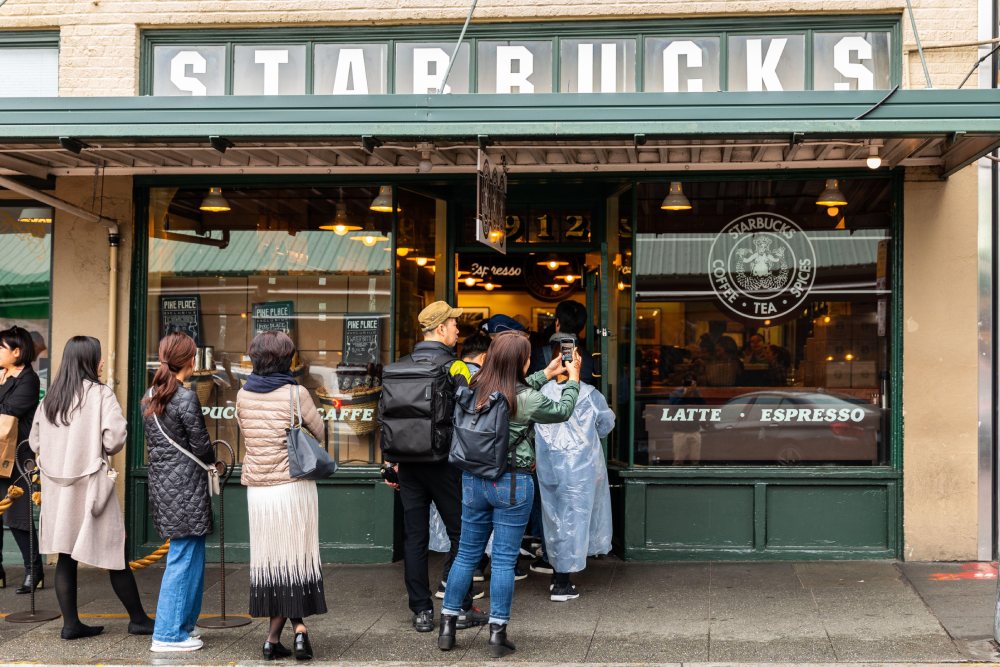
The US is one of the biggest and most developed coffee markets in the world. According to data from the National Coffee Association, US consumers spent almost US $110 billion on coffee in 2022 – a number which is projected to keep on growing.
So given that it’s the fourth-largest country in the world (based on area in sq km), the US has developed distinct coffee cultures across its different regions – especially along the West and East Coasts.
In fact, there are many differences between the two coasts – ranging from climate to landscape to pace of life – which all impact social and cultural attitudes, even in more nuanced ways.
And these differences most definitely extend to coffee consumers’ preferences. To learn more about how coffee cultures are different in the West and East Coasts, I spoke to James DiGioia, divisional manager at Counter Culture Coffee, and Kris Dewey, director of retail at Intelligentsia Coffee.
You may also like our article exploring whether specialty coffee culture is dominated by the US.
How the US transformed the coffee industry
Similar to many other majority-consuming countries, coffee was introduced to the US in the 17th century. Coffee was imported from Europe to lower Manhattan in New York City – which quickly became known as the “coffee district”.
From the Port of New York and New Jersey, traders distributed coffee across the rest of North America. Soon after, more and more coffee houses began to open across the nation, but particularly along the East Coast in New York and Boston.
Throughout the 19th and 20th centuries, coffee became a key part of the US’ food and beverage culture – although not always for good reason. It was during the Great Depression (which started in 1929) that food banks handed out free coffee and doughnuts.
Following this, many US consumers started to expect cheaper, more accessible coffee wherever they went. Still to this day, in almost every diner across the country, a cup of filter coffee (albeit generally of low quality) is affordable to nearly everyone.
The West Coast has also been incredibly influential in not only US coffee culture, but across the world. A pivotal moment was the opening of the first-ever Starbucks store at Pike Place Market in Seattle, Washington, which revolutionised the concept of offering freshly roasted coffee to customers.
Ushering in the second wave of coffee, key players like Peet’s Coffee and Starbucks helped introduce espresso-based drinks to US consumers – which changed the country’s coffee market forever.
During the 1990s, coffee was prominent in US popular culture, too. TV series like Seinfeld and Friends often showed characters spending time in coffee shops – cementing the role of these spaces as the “third space”.
Comparing East & West Coast coffee culture
On the East Coast, coffee has been a part of people’s lives since it first arrived. In cities like Portland, Seattle, Los Angeles, and San Francisco, meanwhile, coffee culture is thriving. So what sets the two coasts apart?
James DiGioia is a divisional manager at Counter Culture Coffee – a hugely influential East Coast specialty coffee roaster. He says that from his experience overseeing regions on both coasts, the coffee cultures are actually more similar than they are different.
“In both places, coffee can be just a means to a caffeine fix, a tasty anytime beverage, or a more elevated sensory experience,” he explains. “All types of consumers contribute to the development of the specialty coffee industry in one way or another, but regional differences are definitely present.”
Pace of life plays a key role
Generally speaking, the pace of life is faster in the East Coast in comparison to the West Coast, which does influence how people drink coffee.
Kris Dewey is the director of retail at Intelligentsia Coffee – a pioneering Chicago roaster. He encapsulates how these differences reflect broader cultural trends.
“Coffee culture can be unique, but there are ways in which it reflects a region’s culture more broadly,” he says. “For example, the faster-paced lifestyles in the northeast can be reflected in its coffee culture – think of the ubiquitous coffee carts in NYC or Dunkin’ drive-thrus in Boston.
“Today, New York City has an incredibly vibrant coffee scene that seems to be ever-evolving,” he adds. “There is no shortage of independent cafés with an entrepreneurial spirit appropriate to the character of the city, as well as mobile carts and small footprint operations doing a lot with only a little.
“Although there are many New Yorkers that see coffee shops as places of respite from the bustle of the city, on the whole, they tend to be faster-paced with a higher proportion of takeaway drinks,” Kris continues.
Meanwhile, he adds that certain areas of the West Coast are typically more laid back, which can impact how coffee shops and roasters operate.
“In LA, for instance, there are many great options, so coffee quality and the overall experience need to be on point,” he explains. “Along the West Coast in particular, there’s a greater appreciation of café design, and interest in innovation also seems higher. If the quality is there, people are excited to try something new.”
Coffee nostalgia & the East Coast
The East Coast – particularly New York City – is known for its many diners and coffee carts, which have naturally had a huge influence over the region’s coffee culture.
“Each region on the East Coast has its own relationship with coffee that evokes emotions from the past,” James says James. “From Cuban coffee culture in Miami to the country-style diners in the South to the bodega and coffee house scene in New York City to doughnut and coffee drive-thrus in New England, each area can connect coffee to its past, which plays a part in their distinctive regional identities.”
Kris is quick to emphasise how pivotal Boston has been in shaping the East Coast coffee scene.
“Boston has a storied relationship with coffee,” he explains. “From the Boston Tea Party to being the home of some of the first coffee houses in the US, and later opening the first-ever Dunkin’ in 1948.”
However, Kris notes that it took a little while longer for specialty coffee to gain traction in Boston, but that industry pioneer George Howell was a key figure in growing the market.
“He opened his eponymous coffee company around the same time that several other local specialty coffee companies started cropping up in the city, like Intelligentsia, Counter Culture, and Blue Bottle,” he adds. “Boston is now a solid destination for coffee drinkers.”
Navigating the different markets
For some US roasters, deciding to operate exclusively within their regional markets can be understandable. But for those looking to expand to the other side of the country, it’s important to consider the differences in consumer behaviour.
Kris points out that while great hospitality is important anywhere in the world, in his experience, coffee shop customers do have different expectations in both the West and East Coasts.
“A coffee bar in Manhattan might lean towards speed and convenience, while a café in the Silver Lake neighbourhood of Los Angeles might prioritise its focus on creating a shareable coffee drinking experience,” he tells me. “There are certainly exceptions to these rules, but I think staying attentive to particular communities and what they are looking for is paramount.”
Accessibility and location within cities are also key.
“This is true anywhere, but when real estate is as expensive as it is in Boston or New York, it’s important to have a location that is accessible to customers and how they commute,” Kris adds. “Your coffee shop should be walkable, near public transit, or have parking nearby.”
Accounting for climate & seasons
Along with different landscapes, the weather can vary greatly between the West Coast and East Coast.
“Seasonality has an impact on everything for coffee businesses, from footfall to the products you offer, so those differences are noticeable between the two coasts,” Kris says. “For example, southern California’s mild climate is relatively consistent in comparison to the northeast of the US, so you’ll see a higher percentage of cold drinks year-round.”
In the northeast, there tends to be more pronounced seasonal swings between cold coffee in spring and summer, and hot drinks in autumn and winter.
“Inclement weather will have a dampening effect on foot traffic, but there will also tend to be an increase in whole bean sales and at-home consumption since demand for coffee tends to stay consistent,” Kris adds.
Although they may be located in the same country, there are many cultural differences between the West Coast and East Coast of the US – including how people drink coffee.
Understanding the differences between the two coffee cultures – as well as their similarities – ensures we can celebrate and preserve the rich diversity of both coasts.
Enjoyed this? Then read our guide to New Orleans coffee culture.
Photo credits: Intelligentsia Coffee
Perfect Daily Grind
Want to read more articles like this? Sign up for our newsletter!
The post US West Coast vs East Coast: What are the differences in coffee culture? appeared first on Perfect Daily Grind.
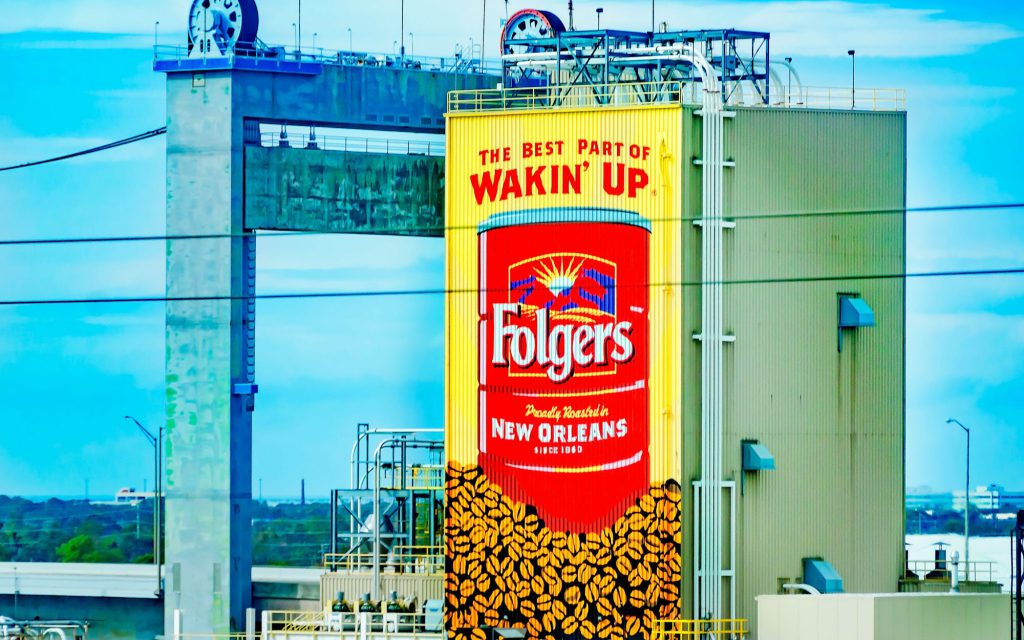

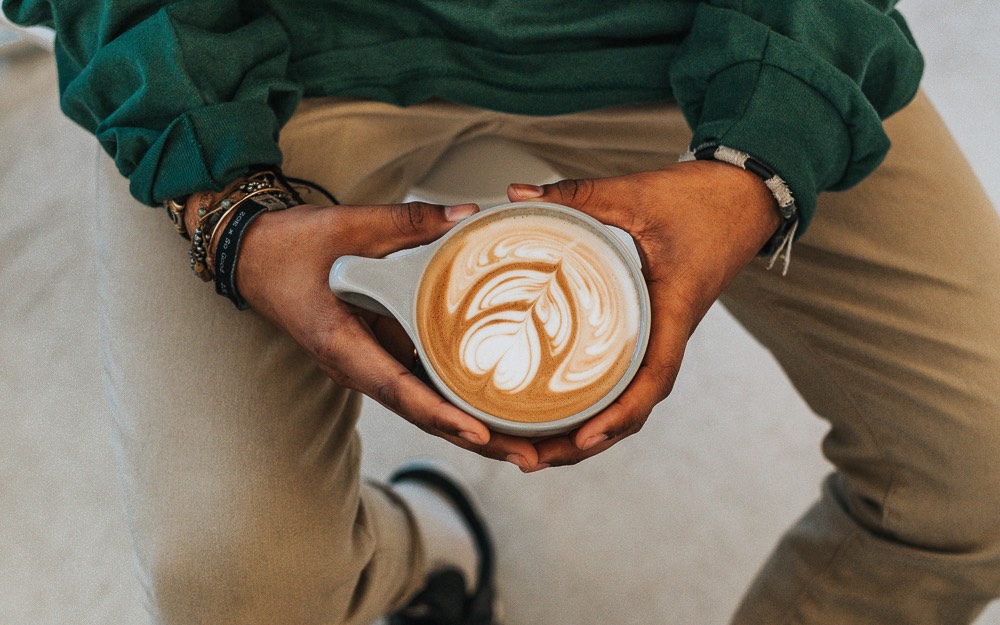
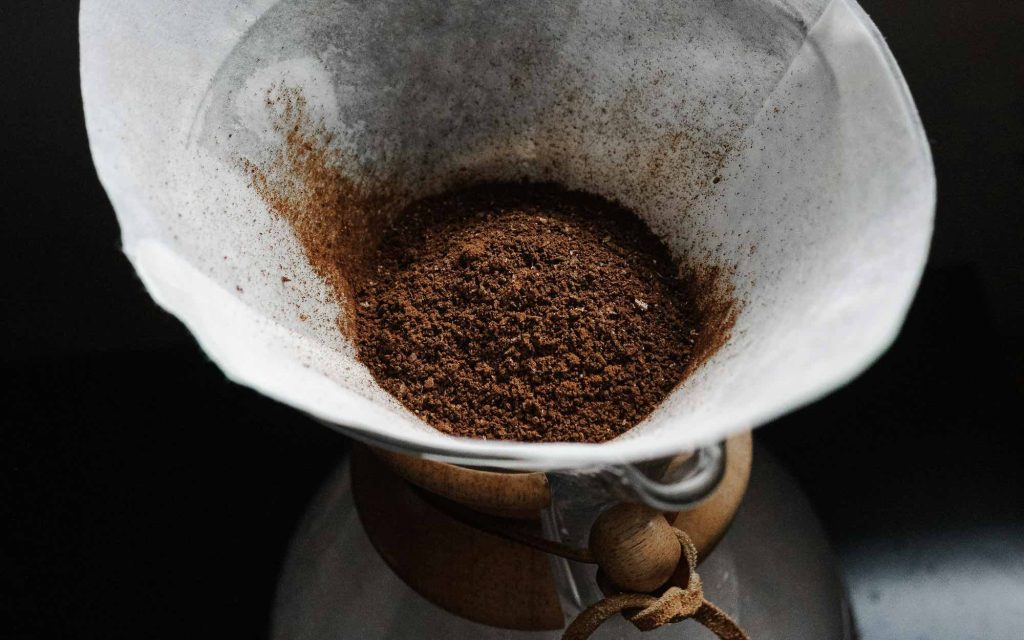
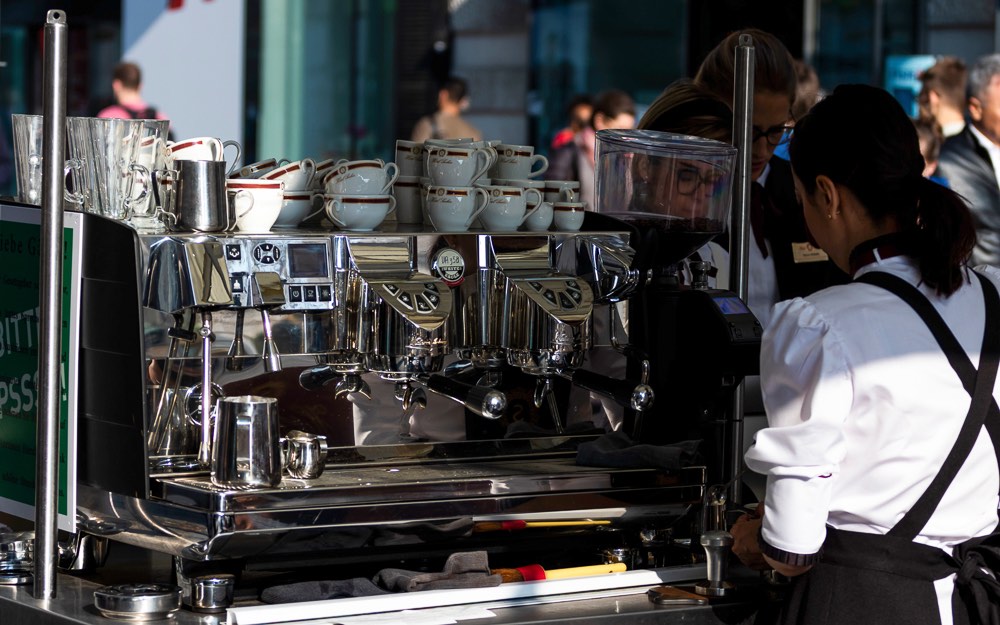
Responses